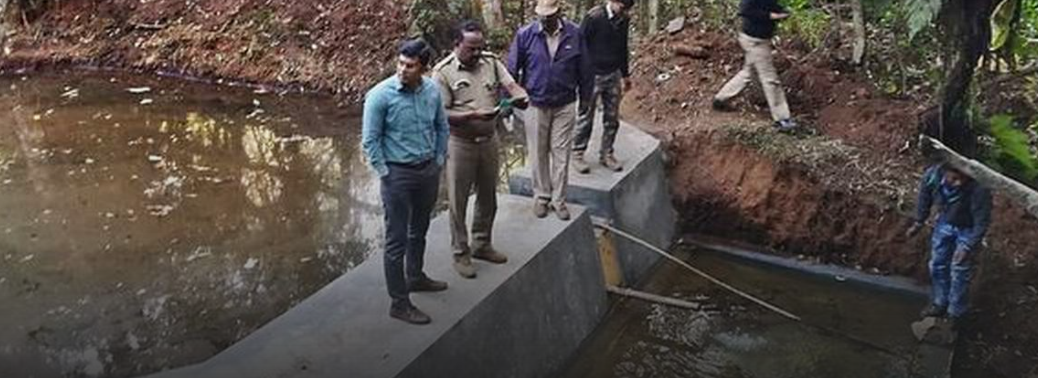Coming, a law to empower forest staff
23, Mar 2019

Prelims level : Governance
Mains level : GS - II
- A proposed legislation accords significant powers to India’s forest officers including the power issue search warrants, enter and investigate lands within their jurisdictions, and to provide indemnity to forest officers using arms to prevent forest-related offences.
- The Indian Forest Act, 2019 is envisaged as an amendment to the Indian Forest Act, 1927 and is an attempt to address contemporary challenges to India’s forests.
Proposed Amendments:
- Amendment proposed to provide indemnity to Forest-officer using arms etc, to prevent the forest offence.
- Forest-officer not below the rank of a Ranger shall have power to hold an inquiry into forest offences and shall
- have the powers to search or issue a search warrant under the Code of Criminal Procedure, 1973.
- Any Forest-officer not below the rank of a Forester may, at any time enter and inspect any land within his area of jurisdiction.
- “Village forests”, according to the proposed Act, may be forestland or wasteland, which is the property of the government and would be jointly managed by the community through the Joint Forest Management Committee or Gram Sabha.
Indian Forest Act, 1927:
- This Act recognizes forest dwellers’ rights and makes conservation more accountable.
- The Act basically does two things: 1. Grants legal recognition to the rights of traditional forest dwelling communities, partially correcting the injustice caused by the forest laws, and
- Makes a beginning towards giving communities and the public a voice in forest and wildlife conservation.
- The law recognises three types of rights: 1. Land Rights: Land rights are given to people, who have been cultivating land prior to December, 13, 2005.
- Use Rights: The law provides for rights to use and/or collect the minor forest produce things like tendu patta, herbs, medicinal plants etc “that has been traditionally collected, use of grazing grounds and water bodies and use of traditional areas by nomadic or pastoralist communities i.e. communities that move with their herds, as opposed to practicing settled agriculture.
- Right to Protect and Conserve: The law gives rights to protect and manage the forests to people of village communities.
The Act also categorises forests into three categories:
- Reserve forest: These forests are the most restricted forests and may be constituted by the State Government on any forest land or waste land which is the property of the Government or on which the Government has proprietary rights. In reserved forests, most uses by local people are prohibited, unless specifically allowed by a Forest Officer in the course of settlement.
- Protected forest: The State Government is empowered to constitute any land other than reserved forests as protected forests over which the Government has proprietary rights. Under ‘Protected Forests’, the Government retains the power to issue rules regarding the use of such forests and retains the power to reserve the specific tree species in the protected forests. This power has been used to establish State control over trees, whose timber, fruit or other non-wood products have revenue-raising potential.
- Village forest: ‘Village forests’ are the one in which the State Government may assign to ‘any village community the rights of Government to or over any land which has been constituted a reserved forest’.






